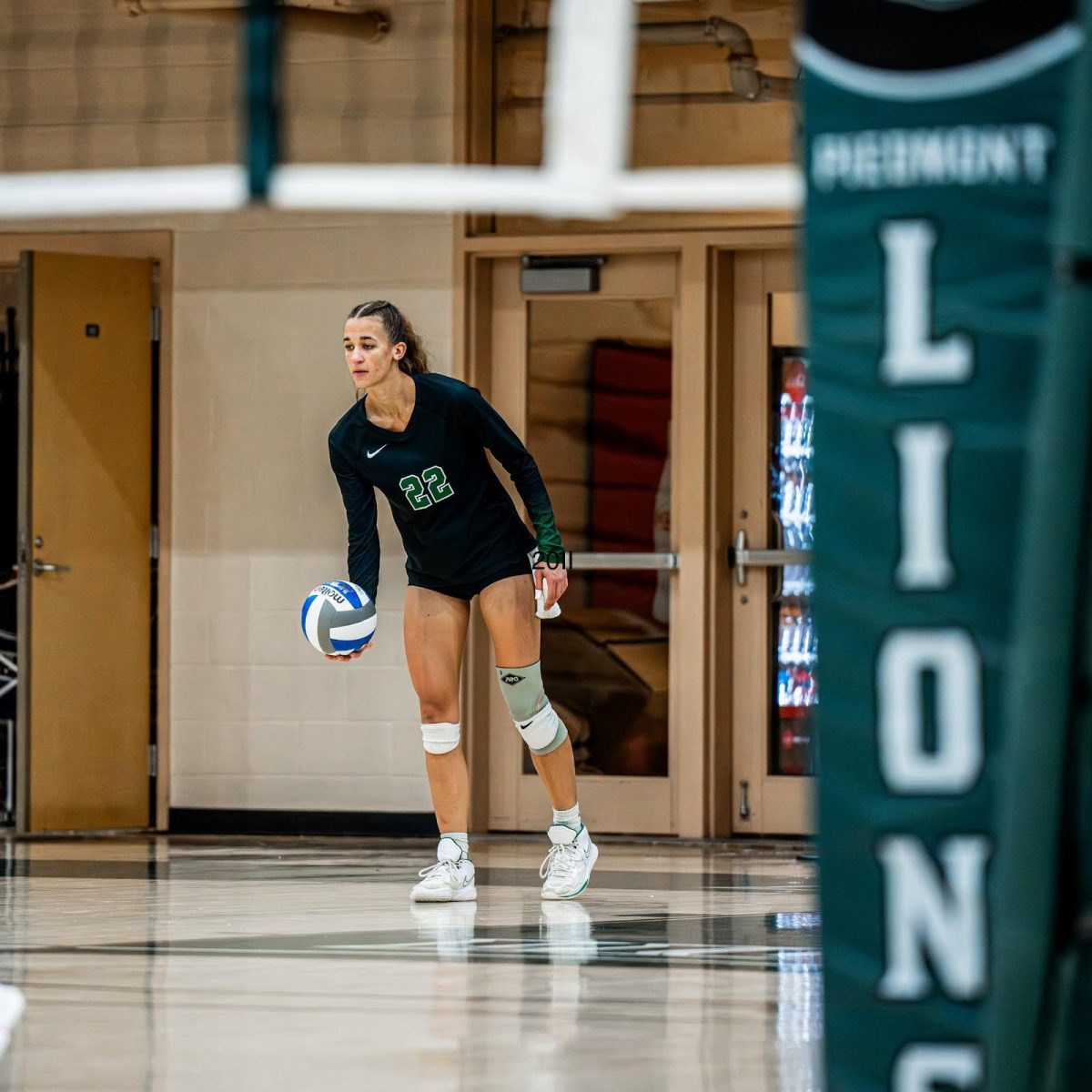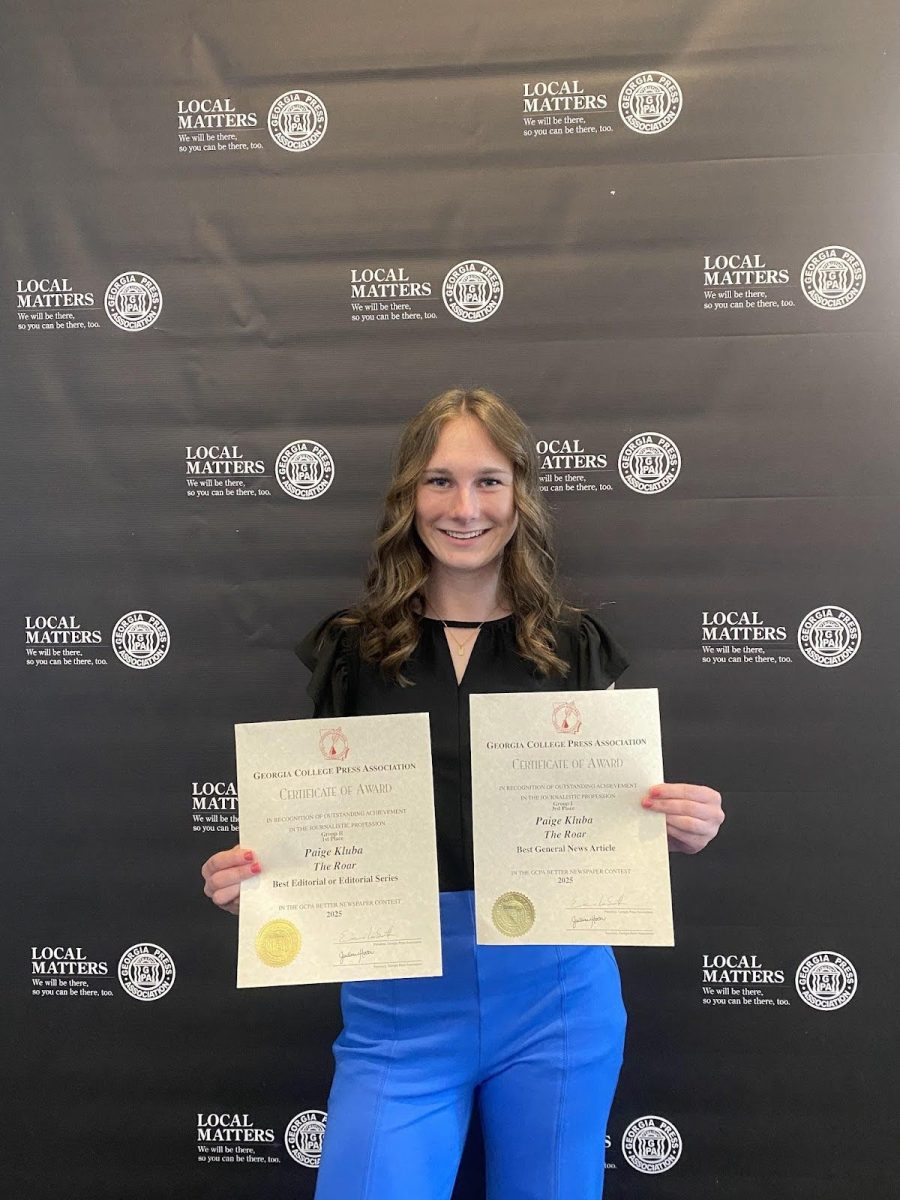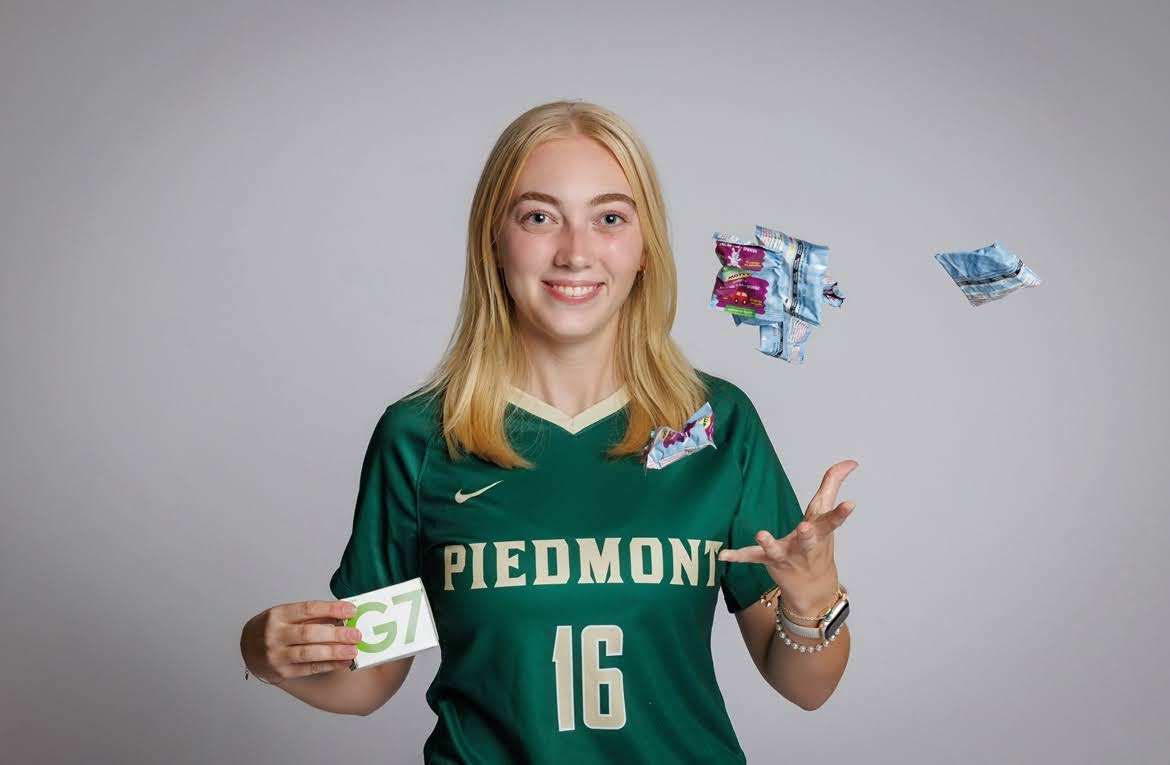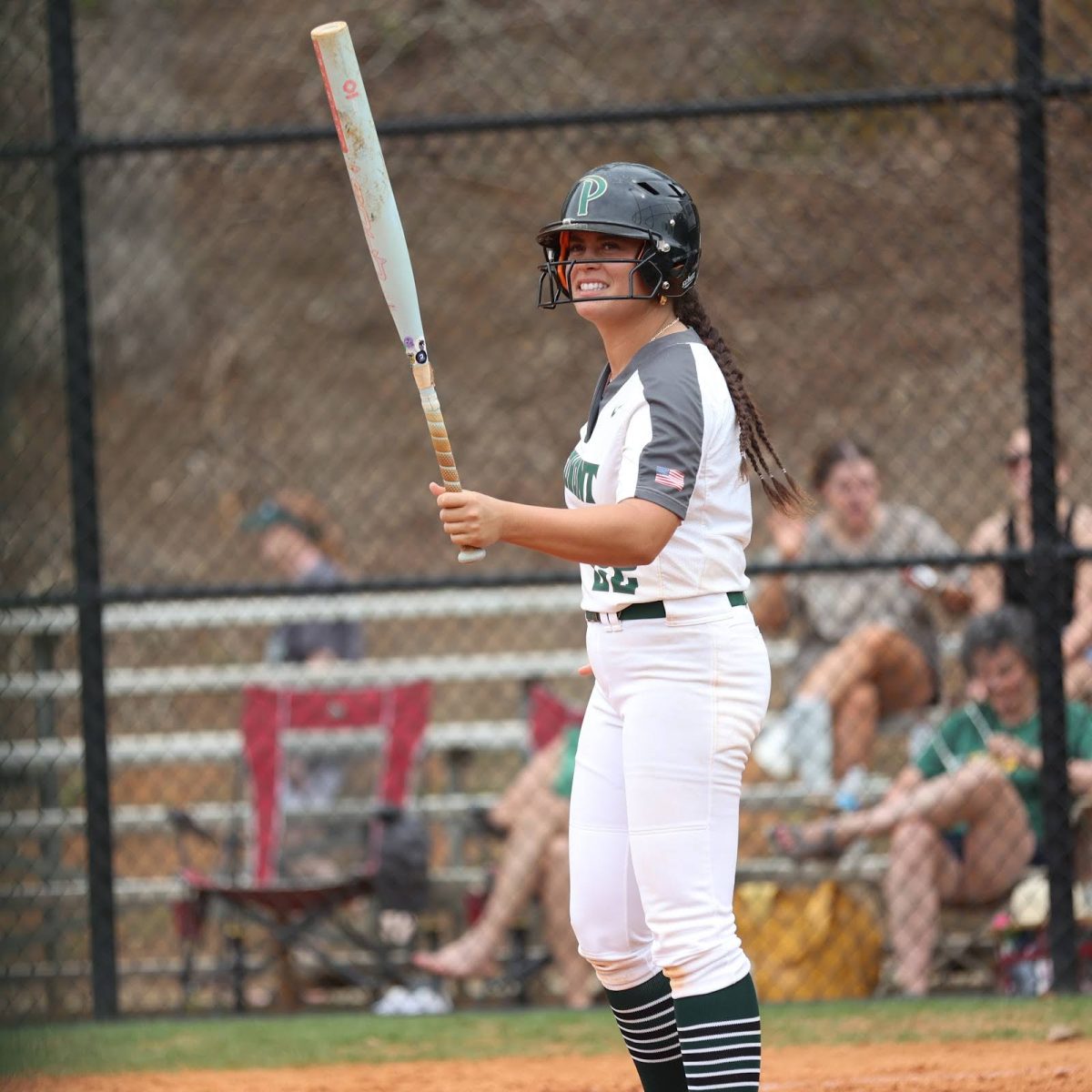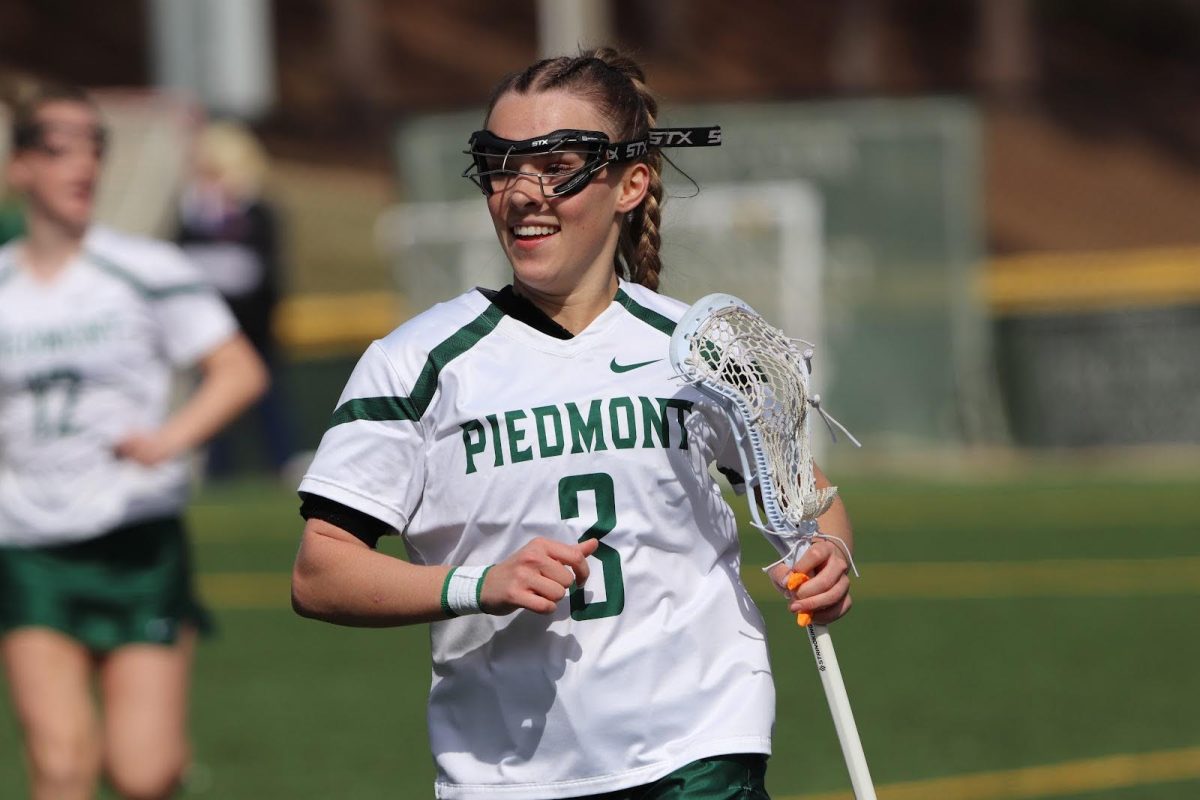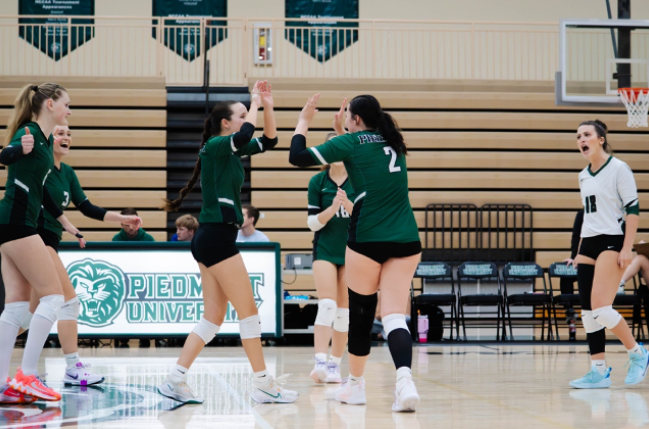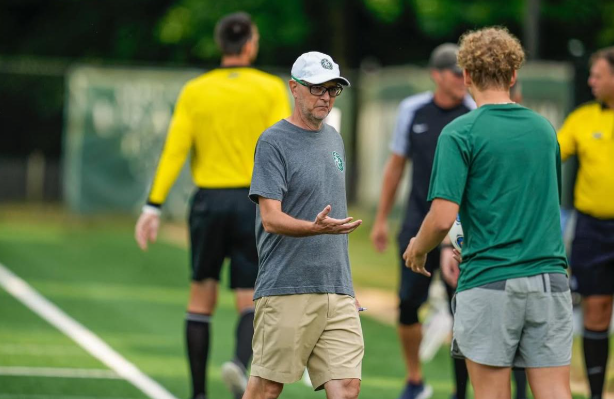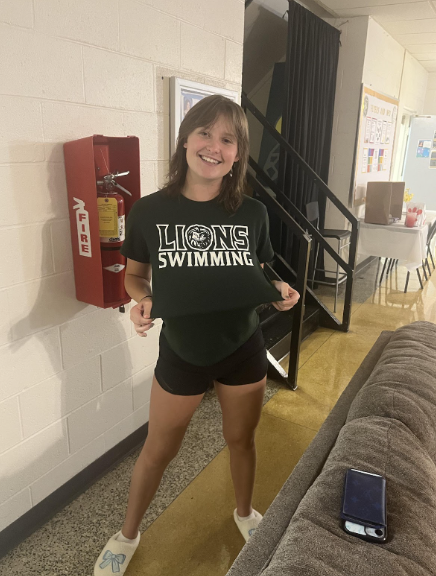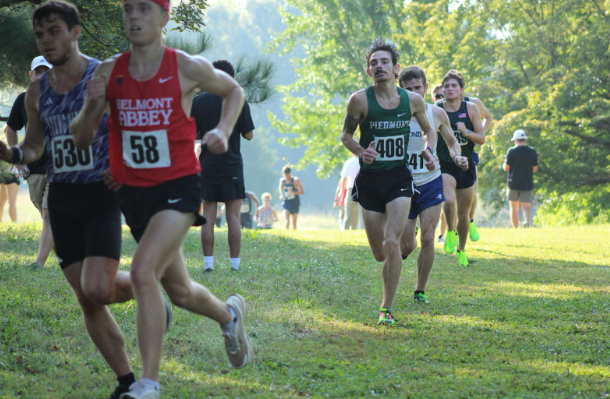For Piedmont University senior Jessica Sconyers, volleyball has been a lifelong passion. As a double major in mass communications and sports communications, she has spent years balancing academics and athletics. But alongside the usual demands of collegiate sports, Sconyers has had to navigate an additional challenge: hyper-mobility.
Sconyers first noticed her extreme flexibility at just seven years old when she began gymnastics. At the time, she didn’t see it as a problem. “It was almost like a party trick,” she said. However, it was not until her sophomore year of college that she received an official diagnosis.
Her athletic trainer at Piedmont first raised concerns when standard stretches failed to have their intended effect. By her junior year, Sconyers realized that her condition could pose significant risks. Hyper-mobility allows her joints to extend beyond a normal range, which means injuries can escalate before she even notices them.
Hyper-mobility has required Sconyers to adjust how she prepares for competition. Unlike most athletes who stretch when they feel sore, she must stretch proactively to prevent injury.
“I rarely felt sore, so I wouldn’t feel the need to stretch,” she said. “That could lead to an ACL tear or some other big injury. I also wouldn’t feel that big of an injury, so it could get worse before I would actually feel it.”
Despite the risks, Sconyers never sat out of drills. “I have always been the type of athlete to push through the pain—unless it was absolutely unbearable,” she said.
Her condition has also shaped her playing style. Since she was nine years old, Sconyers has played as a hitter, consistently landing on her left leg. Over time, this pattern led to knee, hip and back pain that worsened in her junior and senior year of college. By the time her diagnosis came, she only had a few months left in her collegiate volleyball career, so changing her technique was not an option.
While hyper-mobility presents challenges, Sconyers also sees it as an advantage. “Some movements that I do in a game would probably end up pulling someone else’s ACL,” she said. “Since my joints and body overall are more mobile, I think it’s an advantage. I just can’t ignore the fact that I need to be stretching all the time.”
Her teammates view her flexibility as an asset, especially when it comes to adjusting mid-play. “If I get a bad set, I am able to move my body in a different way and still be able to hit it over aggressively,” she explained.
However, her biggest concern has always been the potential for a severe injury. Tearing an ACL is a nightmare for any athlete, but for Sconyers, the danger is even greater because she might not immediately feel the injury, allowing it to worsen.
To manage her condition, Sconyers relied on Piedmont’s athletic training resources. Pre-game routines included hot packs, TENS units, muscle scraping with cocoa butter and wearing a knee sleeve for compression. Post-game, she focused on rolling out, stretching and using ice packs.
Despite her best efforts, the long-term effects of hyper-mobility are already noticeable. “The only long-term effect that I’ve noticed is in my knee,” she said. “It will lock up if I’m sitting and it’s bent for too long.”
Looking ahead, Sconyers remains committed to staying active while prioritizing her body’s health. While she will not be playing volleyball professionally, she knows that managing her flexibility and joint care will remain essential in her post-collegiate life.
Her journey serves as a reminder that every athlete faces unique challenges, but with the right mindset and resources, those challenges can be overcome.


